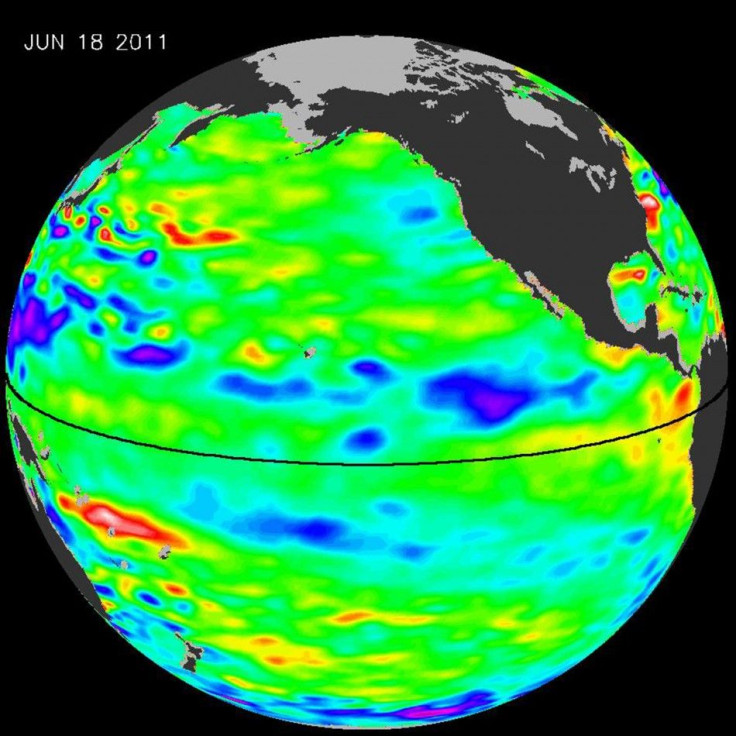La Nina Weather Pattern Develops Over the Pacific
La Nina develops on a regular basis in the northern hemisphere and this is what to make of it.

Weather cycles El Nino and La Nina are caused by the ocean surface interacting with the atmoshphere in the Pacific Ocean, particularly in the tropical regiaon. Whenever something changes in the ocean, it impacts the weather patterns, temperatures and currents. Basically, the weather pattern shifts between warm (El Nino) to neutral (or cold La Nina) about every 3-4 years.
Usually, before La Nina builds up, cool water wells up to just under the surface in the tropical Pacific. As the weather moves East, the interaction of the atmosphere and ocean helps bring the cool water up, but scientists are still studying why and how. Over time, the ocean surfact temperature drop lower than normal and both weather patterns peak during wintertime.
Scientists from the National Oceanic and Atmospheric Administration, among others, have many different ways to tell what changes are happening in the Pacific and what it means for us on land. El Nino, for instance, is tracked by satellite. NOAA has a research ship dedicated to working on a buoy network that assits the observation system. In today's intensive computing age, large computer models, like the one pictured above, use enormous amounts of data from many sources to figure out what it all means.
What it Means for Our Weather
In the U.S. La Nina affects the weather in the opposite way El Nino does. La Nina brings wet weather to the north and dry weather to the south, 2010 not withstanding. Experts say there hasn't been back to back wet La Nina years in the South, so people should count on it being rather dry this winter.
Additionally, the La Nina cycle lasts from 9-12 months, according to NOAA, with the last one (before last year) occurring in 1995. In the tropics however, these cycles are reversed, with La Nina bringing more rain and El Nino being the agent of desert winds.
As we learn more about these patterns, we can better predict any extreme events like floods and droughts that could be intensifing because of global warming. Furthermore, if we know it's going to be exceptionally hot or cold, we can make better use of our energy that can have a big impact on things like transportation and farming. It's best to think of all the systems being related and remember that even though we don't fully understand the cycles' causes, that we can still have an impact in our towns cities by doing more to save energy and recycle things like water and compostable materials.
Must Read: NOAA's La Nina Page
© Copyright IBTimes 2024. All rights reserved.











